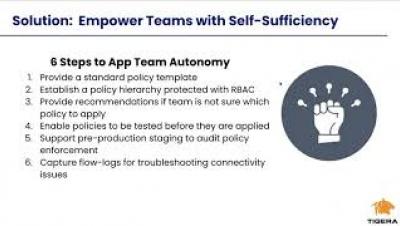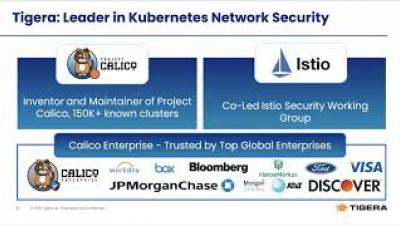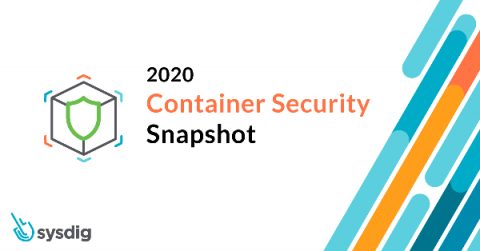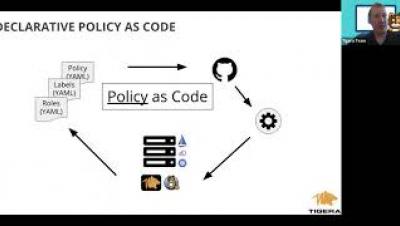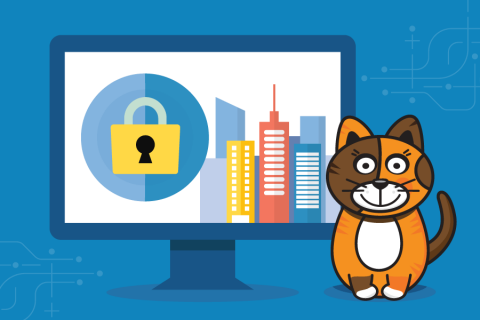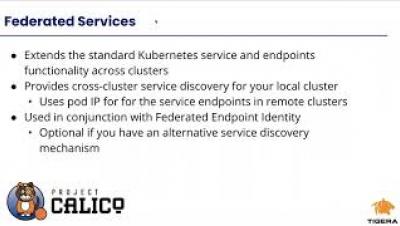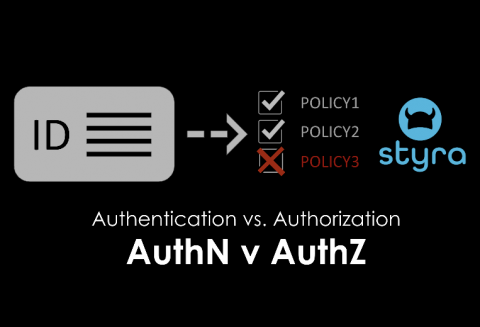Security | Threat Detection | Cyberattacks | DevSecOps | Compliance
Containers
Security Policy Self-Service for Developers and DevOps Teams
In today’s economy, digital assets (applications, data, and processes) determine business success. Cloud-native applications are designed to iterate rapidly, creating rapid time-to-value for businesses. Organizations that are able to rapidly build and deploy their applications have significant competitive advantage.
Self-Service Network Security for Kubernetes
How to Secure the network of your GKE Cluster
How to Secure the network of your GKE Cluster
Sysdig 2020 Container Security Snapshot: Key image scanning and configuration insights
Today, we are excited to share our Sysdig 2020 Container Security Snapshot, which provides a sneak peak into our upcoming 2020 Container Usage Report As containers and Kubernetes adoption continue to increase, cloud teams are realizing they need to adopt a new workflow that embeds security into their DevOps processes. Secure DevOps, a variation of DevSecOps, embeds security and monitoring throughout the application lifecycle, from development through production.
How to Implement Network Policy in Amazon EKS to Secure Your Cluster
Enforcing Enterprise Security Controls in Kubernetes using Calico Enterprise
Hybrid cloud infrastructures run critical business resources and are subject to some of the strictest network security controls. Irrespective of the industry and resource types, these controls broadly fall into three categories. Workloads (pods) running on Kubernetes are ephemeral in nature, and IP-based controls are no longer effective. The challenge is to enforce the organizational security controls on the workloads and Kubernetes nodes themselves.
Calico Enterprise Multi Cluster Management - Federated Identity and Services
Authentication vs. Authorization: Why we need authorization standards
I witnessed the transition from bespoke authentication to standards-based authentication. It’s time to do the same for authorization. Twenty years ago, almost everything in the IT world was on-premises: hardware and software, including the tools you used to verify who your users were and what they could do in your systems.




